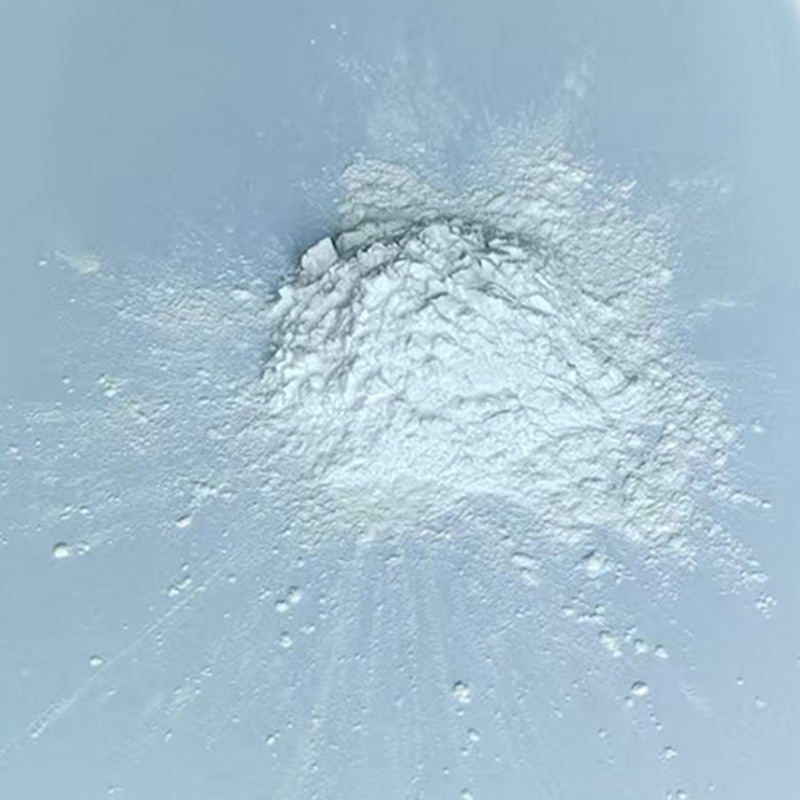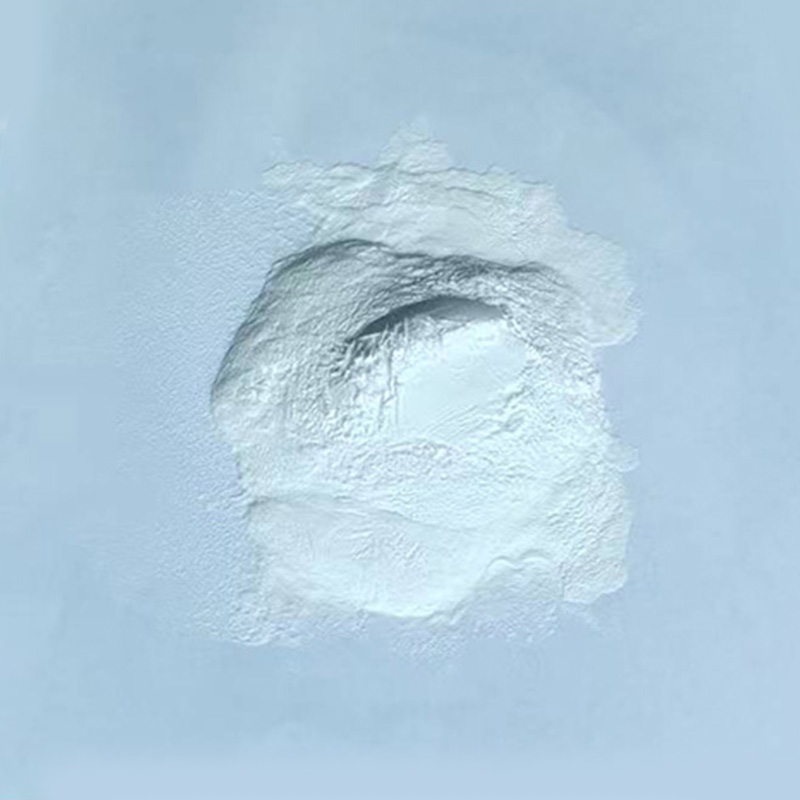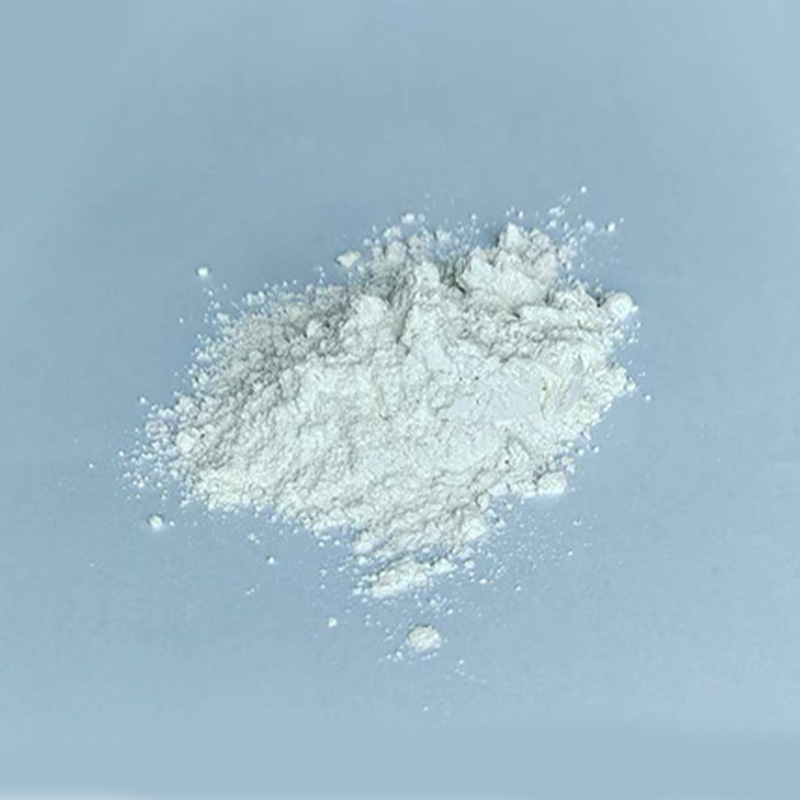What is the role of silica in sunscreen and how does it enhance sun protection?
Release Time : 2025-07-21
In the field of modern skin care, sunscreen is not only an important tool to prevent sunburn, but also a key product to resist long-term damage from ultraviolet rays, prevent skin aging and pigmentation. As consumer demand for sunscreen products grows, manufacturers continue to seek innovative ingredients and technologies to improve product performance. As a multifunctional additive, silica plays an important role in sunscreen, not only enhancing the sunscreen effect, but also improving the texture and user experience of the product.
Providing physical barrier protection
Although silica itself does not directly absorb ultraviolet rays, its unique physical properties enable it to play an important role in sunscreen formulations. As a fine particle material, silica can be evenly dispersed in the sunscreen matrix and form a fine protective film covering the skin surface when applied. This film can act as an additional physical barrier to reflect and scatter ultraviolet rays, thereby reducing the possibility of ultraviolet rays penetrating the skin. In particular, nano-scale silica particles, due to their extremely small particle size, can form a denser and smoother protective layer on the skin, further enhancing the overall protective effectiveness of sunscreen.
Improved formula stability
In addition to providing a physical barrier, silica can significantly enhance the stability of sunscreen formulas. Many sunscreen active ingredients, such as physical sunscreens such as zinc oxide or titanium dioxide, are prone to agglomeration due to factors such as light and temperature changes, resulting in a decrease in sunscreen effectiveness. However, by adding an appropriate amount of silica, these sunscreens can be more evenly dispersed throughout the system, avoiding agglomeration and ensuring that each sunscreen particle can work effectively. In addition, silica can also help stabilize other chemical sunscreen ingredients to prevent them from decomposing and becoming ineffective in high temperature environments, thereby extending the shelf life of the sunscreen and maintaining its sunscreen ability.
Enhanced water resistance and durability
For outdoor enthusiasts, a sunscreen with good water resistance is essential. The unique structure of silica gives it excellent water absorption and hydrophobicity. On the one hand, it can quickly absorb excess sebum and sweat to prevent the sunscreen from being easily washed away; on the other hand, due to its hydrophobic surface, once the water evaporates, silica can return to a dry state and continue to maintain its original sunscreen effect. This property makes sunscreen containing silica more waterproof and durable, and can continue to provide reliable UV protection even when swimming or sweating a lot.
Improve the use experience
Traditional sunscreens often make users feel uncomfortable because of their thick and greasy feeling. The application of silica effectively solves this problem. Due to its light and delicate texture, the sunscreen with silica is more refreshing and easy to spread, and will not bring a heavy burden to the skin. At the same time, silica also has good lubricity, which can reduce friction during application and make the skin feel smoother and more comfortable. More importantly, it will not clog pores and is suitable for all skin types, especially oily and mixed skin people, who can enjoy an efficient and comfortable sun protection experience.
Environmental protection and sustainable development
With the increasing awareness of environmental protection, more and more brands have begun to pay attention to whether the selection of cosmetic raw materials is in line with the principle of sustainable development. Fortunately, as a natural mineral resource, silica has a wide range of sources and a relatively simple mining process. Compared with some synthetic chemicals, it is more environmentally friendly. Moreover, some manufacturers have begun to explore the technical path of using recycled glass or other industrial by-products to prepare high-purity silica, aiming to reduce production costs while reducing dependence on natural resources, and promote the transformation of the entire industry towards green and low-carbon.
In summary, although silica is not a traditional sunscreen active ingredient, it plays an important role in sunscreen. From providing additional physical barriers to enhancing formula stability, to improving water resistance and optimizing the user experience, each link demonstrates its unique value.
Providing physical barrier protection
Although silica itself does not directly absorb ultraviolet rays, its unique physical properties enable it to play an important role in sunscreen formulations. As a fine particle material, silica can be evenly dispersed in the sunscreen matrix and form a fine protective film covering the skin surface when applied. This film can act as an additional physical barrier to reflect and scatter ultraviolet rays, thereby reducing the possibility of ultraviolet rays penetrating the skin. In particular, nano-scale silica particles, due to their extremely small particle size, can form a denser and smoother protective layer on the skin, further enhancing the overall protective effectiveness of sunscreen.
Improved formula stability
In addition to providing a physical barrier, silica can significantly enhance the stability of sunscreen formulas. Many sunscreen active ingredients, such as physical sunscreens such as zinc oxide or titanium dioxide, are prone to agglomeration due to factors such as light and temperature changes, resulting in a decrease in sunscreen effectiveness. However, by adding an appropriate amount of silica, these sunscreens can be more evenly dispersed throughout the system, avoiding agglomeration and ensuring that each sunscreen particle can work effectively. In addition, silica can also help stabilize other chemical sunscreen ingredients to prevent them from decomposing and becoming ineffective in high temperature environments, thereby extending the shelf life of the sunscreen and maintaining its sunscreen ability.
Enhanced water resistance and durability
For outdoor enthusiasts, a sunscreen with good water resistance is essential. The unique structure of silica gives it excellent water absorption and hydrophobicity. On the one hand, it can quickly absorb excess sebum and sweat to prevent the sunscreen from being easily washed away; on the other hand, due to its hydrophobic surface, once the water evaporates, silica can return to a dry state and continue to maintain its original sunscreen effect. This property makes sunscreen containing silica more waterproof and durable, and can continue to provide reliable UV protection even when swimming or sweating a lot.
Improve the use experience
Traditional sunscreens often make users feel uncomfortable because of their thick and greasy feeling. The application of silica effectively solves this problem. Due to its light and delicate texture, the sunscreen with silica is more refreshing and easy to spread, and will not bring a heavy burden to the skin. At the same time, silica also has good lubricity, which can reduce friction during application and make the skin feel smoother and more comfortable. More importantly, it will not clog pores and is suitable for all skin types, especially oily and mixed skin people, who can enjoy an efficient and comfortable sun protection experience.
Environmental protection and sustainable development
With the increasing awareness of environmental protection, more and more brands have begun to pay attention to whether the selection of cosmetic raw materials is in line with the principle of sustainable development. Fortunately, as a natural mineral resource, silica has a wide range of sources and a relatively simple mining process. Compared with some synthetic chemicals, it is more environmentally friendly. Moreover, some manufacturers have begun to explore the technical path of using recycled glass or other industrial by-products to prepare high-purity silica, aiming to reduce production costs while reducing dependence on natural resources, and promote the transformation of the entire industry towards green and low-carbon.
In summary, although silica is not a traditional sunscreen active ingredient, it plays an important role in sunscreen. From providing additional physical barriers to enhancing formula stability, to improving water resistance and optimizing the user experience, each link demonstrates its unique value.







